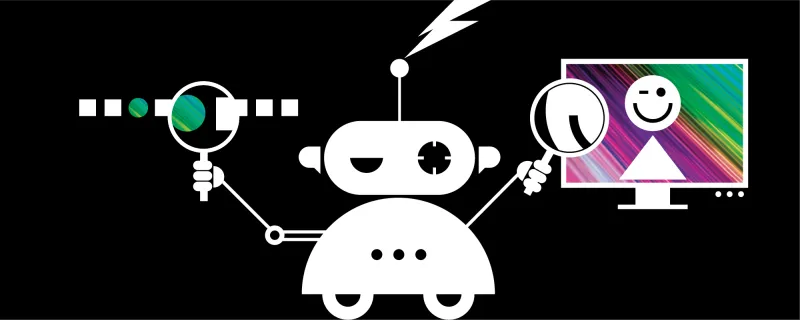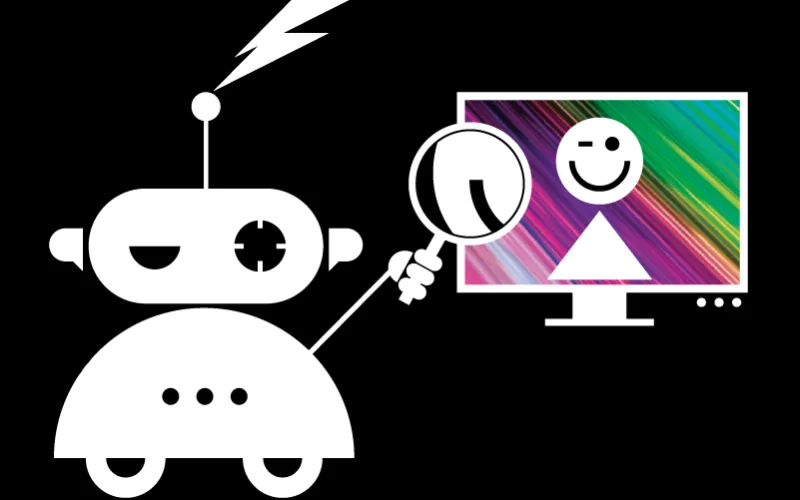


Machine Learning - Great, but what do I use it for?

Machine learning uses clean data and algorithms to learn a relationship in that data. If that sounds daunting, let me explain that Humans do similar things. For example, you’re reading this sentence right now and as you read it you take in the words and connect them to a meaning in your head. That is a relationship of data happening in your mind right now. Machine learning is getting a computer to do the same thing.
I know what you’re thinking. “That’s great, but how can my business find a practical use for this technology”? Well, I’m here to break down a few of the ways you could deploy this technology.
I’ve picked four of the most effective and meaningful uses for businesses, which can be categorised like this:
- Predictive models to ‘guess’ an outcome based on information
- Facial & speech recognition to categorise images and audio
- Natural Language Processing to analyse and understand the sentiment and intent of a piece of text or speech
- Anomaly detection to identify and act when something out the ordinary occurs
Predictive Models
Predictive models allow you to use incomplete datasets to make accurate predictions on outcomes. Pull recently did some work with an online tailor who was using body measurements to train the data and then predict specific measurements based on an incomplete dataset. At the moment, their customers need to supply a bunch of body measurements which requires time and often assistance – not to mention the fact that these aren’t always accurate. The idea was that by using a predictive model to assess the data, the end user needed only to supply a few measurements, but the tailor was still able to get a full set of accurate measurements, saving everyone a lot of time. A great example of a client using their data to improve their customers’ journey.
If you’ll pardon the pun, that’s a fairly bespoke use. But how about this for a common scenario? Imagine if an ecommerce site analysed all its data on the activity of a user before they cancelled their membership. With the right algorithm you would likely find a relationship between lack of activity and be able to predict if your users are in need of incentivising to keep their membership, and at what point this needs to be offered.
Facial & Speech recognition
It’s exciting times for facial and speech recognition, which are getting more and more accurate by the day. This is great news, because it means that, while you could get into machine learning and do some of your own categorisation of individual faces, there are plenty of services doing an incredible job of it already. For example, you can use Microsoft’s Face API to create your own face model.
Facebook has millions of face data. To the point where it accurately auto tags images. What if they decided to use that for the police when tracking down criminals. If they could flag the police when an image with a suspect/criminal in the background with a location as most people like to tag their location of photos as well.
People often look at facial recognition as something for security but what about something more creative. I personally have no idea how to animate and am not the best at digital drawing but what if AI could do it for me, what if I could use facial recognition to draw my face and then animate it in real time with my webcam and pulling faces? Well, Adobe have done something very clever to allow this.
As for speech recognition, it doesn’t just have to be for passwords or security. You could also use it for people in your business that can’t necessarily type as quickly, people who have trouble spelling or simply for gathering a transcript of a meeting.
And what about the news industry? Rather than sending camera crews into a warzone, imagine a drone camera that cannot only follow the face of a reporter on the ground during a video piece, but can also transcribe the report.
Natural Language Processing
Have you ever come back from holiday thinking “oh god how am I meant to read all these emails”? And then you find the high priority ones that a customer has had to wait a week for? Nightmare! Imagine using machine learning and natural language processing to identify an email’s content and assign them categories that then ensure they’re looked at based on priority.
Now rather than asking the guy next to you if they mind “being my out-of-office?” you could set up rules within your organisation that forwards emails to specific colleagues. No more angry customers, no more needing to check your inbox on holiday.
Anomaly Detection
Anomaly detection is brilliant for picking up when things out of the ordinary are happening. Often people mention predictive maintenance which is where the system looks for particular lead up events that cause issues and allows someone to fix the issue before it becomes an issue. The best example of this is where it is used by banks to identify fraud. Often you have recorded transaction which is typical of your activity. If a purchase is particularly out of the ordinary, it’ll be flagged up. Now anomaly detection is great for this kind of avoidance.
But what about uses outside of banks and nefarious activity? With the onset of connected appliances, wearables and the IoT, this could have life-changing - and life-saving - uses in the home. Say you have an older lady who has tea at 8am every morning. One day, she doesn’t come down to get it. Maybe she fell, maybe she can’t get out of bed. But, how incredible would it be if your home system was able to notice this anomaly and called an emergency contact… crisis averted!
So, from all this you can see there’s plenty ways of using Machine Learning in your business. The thing to focus on if you want to do it is to be prepared. Make sure you have a clear problem in mind that you want to solve. And make sure your data is clean. Big data is useless if it’s not clean (clean data is well structured data that you know is perfectly accurate). Also, don’t forget to be creative, your data can tell you lots of things you just need to decide what you want to know!
Posted 22 November 2018 by Arthur Gaff